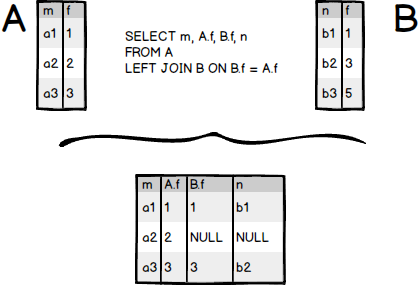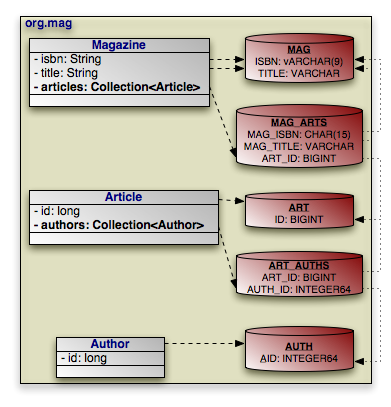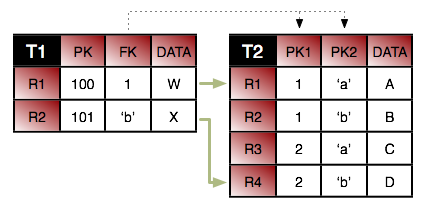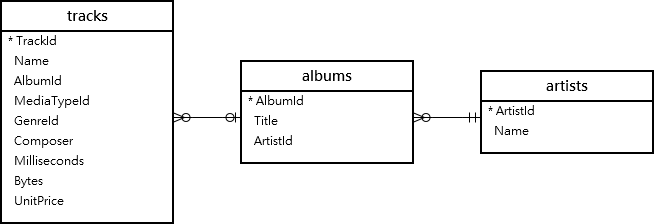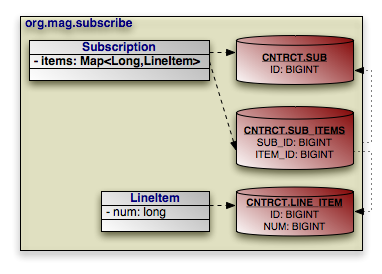Fields from both tables can be used and data that pertains to. Schema Optional The schema of the table.
Option 1 is an inner join 2 is a left outer join and 3 is a right outer join.

Join table unique constraints. This means that disabling all constraints on the table does not refer to unique constraints. Unlike the PRIMARY KEY constraint you can enter a NULL value for a column that has a UNIQUE constraint. Optional The foreign key columns of the join table which reference the primary table of the entity owning the association.
To remove a constraint use the alter table statement. Query below lists all table and view constraints - primary keys unique key constraints and indexes foreign keys and check and default constraints. Both the UNIQUE and PRIMARY KEY constraints provide a guarantee for uniqueness for a column or set of columns.
The UNIQUE constraint ensures that all values in a column are different. Name Optional The name of the join table. Table definition CONSTRAINT constraint-name UNIQUE column-name 1 column-name 2.
In this type the constraint is added at the end of table definition after the last column declaration. On the Table Designer menu click IndexesKeys. Unique constraint join table.
In other words it is not possible to insert duplicate data into the table by disabling a unique constraint. Oracle unique constraint syntax. SQL UNIQUE constraint check column value must be unique across the given field in table.
Query select table_view object_type constraint_type constraint_name details from select schema_nametschema_id tname as table_view case when ttype U then Table when t. The following rules apply to unique constraints. Here in the above ALTER Statement we have ENABLED the UNIQUE CONSTRAINT on the Student Table.
The table level unique constraint can be on single column or multiple columns. What is a unique constraint in Oracle. If the CUSTOMERS table has already been created then to add a UNIQUE constraint to the AGE column.
Hope This article will be helpful to the users to add the unique constraint in the table or to create new table with specified unique constraints. To create a unique constraint. Generally there is no functional difference between a unique index and a unique constraint.
The UNIQUE constraint ensures no duplicate values in a specific column which is not a primary key. You can also use the following syntax which supports naming the constraint in multiple columns as well. Introduction to SQL UNIQUE constraint.
This area of the dialog box shows you which table is which in the join and which fields are used to join the tables. Syntax for Table Level Unique Constraint SimpleComposite. However you can have many UNIQUE constraints per table but only one PRIMARY KEY constraint per table.
To add a unique or primary key a referential constraint or a check constraint use the create table or the alter table statement. When a join table is used in mapping a relationship with an embeddable class on the owning side of the relationship the containing entity rather than the embeddable class is considered the owner of the relationship. In Object Explorer right-click the table to which you want to add a unique constraint and click Design.
Optional Unique constraints that are to be placed on the table. Primary key characteristics automatic include UNIQUE key constraint that can not store duplicated by any other row. Typically you apply the unique constraints to columns when you create the table using the inline constraint syntax as follows.
You can set many UNIQUE constraints per table. UniqueConstraint uniqueConstraints Optional Unique constraints that are to be placed on the table. You would write a statement like the query that is given in the code block below.
A table can have only one PRIMARY KEY constraint however it can have multiple UNIQUE constraints. If not a bug how i can configure hibernate to create unique constraint on pair user_idbook_id not only on book_id in join table. ALTER TABLE CUSTOMERS MODIFY AGE INT NOT NULL UNIQUE.
In the grid under General click Type and choose Unique Key from the drop-down list box to the right of the property. A unique constraint is a single field or combination of fields that uniquely defines a record. These are only used if table generation is in effect.
Unique Constraints This Oracle tutorial explains how to create drop disable and enable unique constraints in Oracle with syntax and examples. A PRIMARY KEY constraint automatically has a UNIQUE constraint. In the IndexesKeys dialog box click Add.
A unique constraint is an integrity constraint that ensures the data stored in a column or a group of columns is unique among the rows in a table. This area determines the type of join. In this type the.
Thus we have the structure of the newsdb database as follows.

Performance Best Practices Exasol Documentation

Hibernate One To One Mapping Annotation Example

Hibernate One To Many Mapping Annotation Example

Hibernate Many To Many Association With Extra Columns In Join Table Example

Sql Minus And Minus Vs Left Join Sql School Logos Georgia Tech Logo

Hibernate One To One Mapping Annotation Example

Hibernate One To Many Association On Join Table Annotations Example
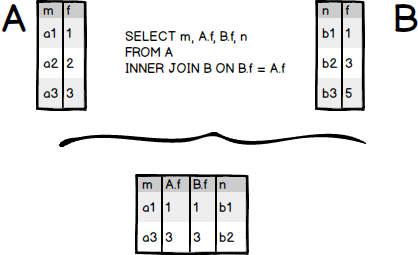
Sqlite Inner Join With Examples

